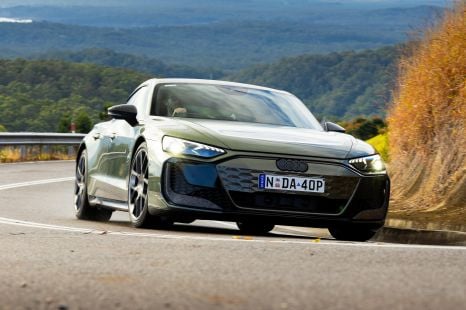

James Wong
4 Days Ago
Some people like their electric cars to look different to boring old legacy cars. Next year’s 210kW BMW iX3 SUV is aimed at everybody else.
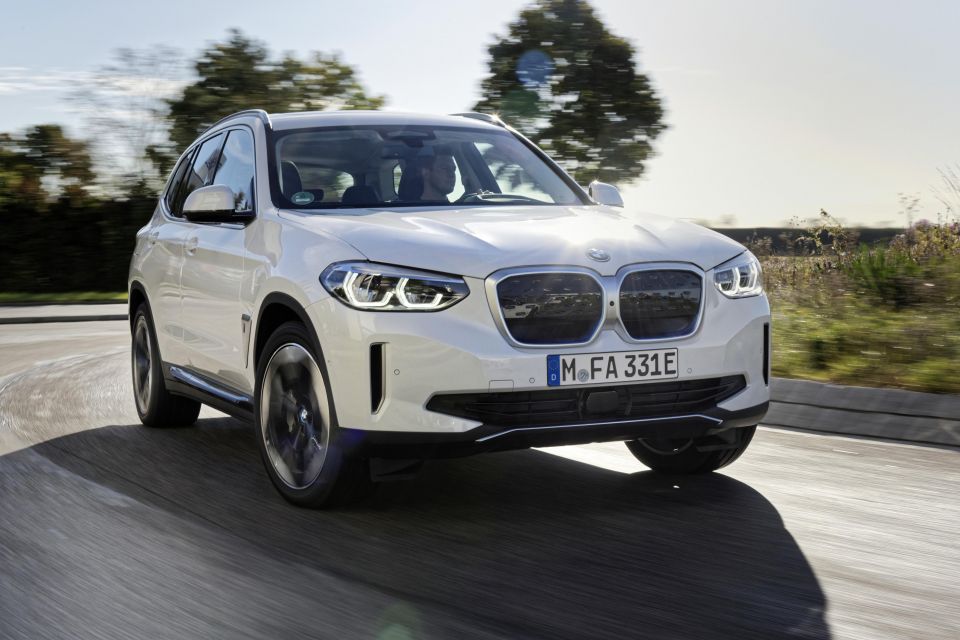
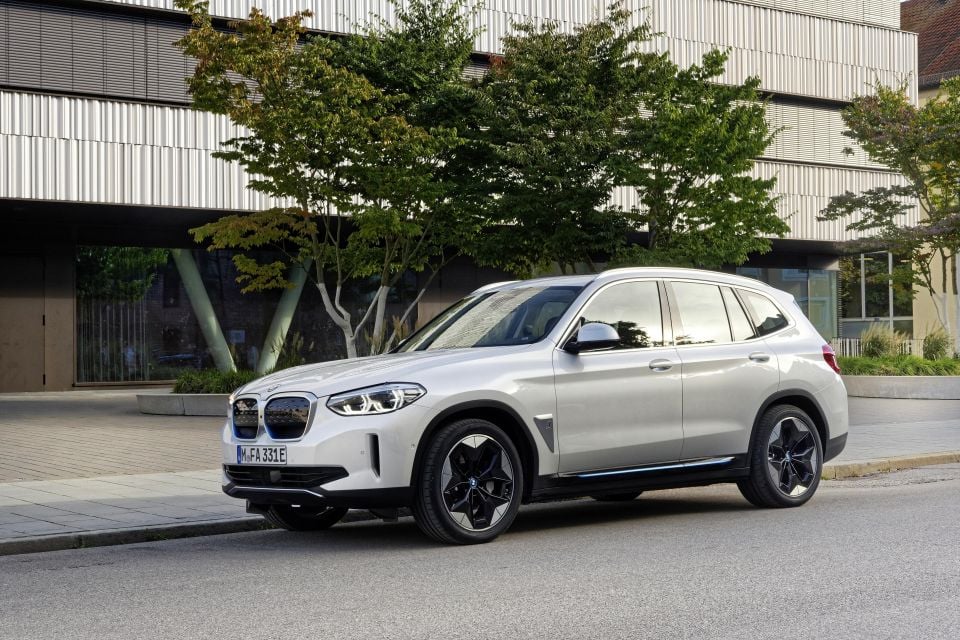

Quickly see how this car stacks up against its competition. Select any benchmark to see more details.
Take advantage of Australia's BIGGEST new car website to find a great deal on a BMW IX3.
For now at least, BMW has had its fill of wrapping electric powertrains in weird bodies, so it has changed tack completely for next year’s all-electric iX3 SUV.
Instead of looking like a glorious concept as it did with the i8, or like a conglomerate of vertical shapes like the i3, the iX3 looks almost identical to any other BMW X3.
It is built on a hybrid-style modular X3 architecture that carries, with few modifications, the petrol, diesel, plug-in hybrid and, from next year, the full-electric versions of BMW’s big-selling SUV.

It’s good for 210kW of power and 400Nm of torque from its rear-mounted electric motor, with an acceleration run to 100km/h taking 6.8 seconds and a top speed of 180km/h.
BMW claims it will stretch out to 460km of range on the new WLTP test cycle (or well over 500km on the kinder NEDC system), and it can cope with 150kW recharging to give it an 80 per cent charge in just 30 minutes.
And it’s here next year, probably in the third quarter.
Australian pricing has yet to be confirmed.
Rivals will include the Audi E-Tron and Mercedes-Benz EQC. One of these is not like the other two, as the E-Tron is the only one of the mid-sized German EV SUVs built on a dedicated EV platform.
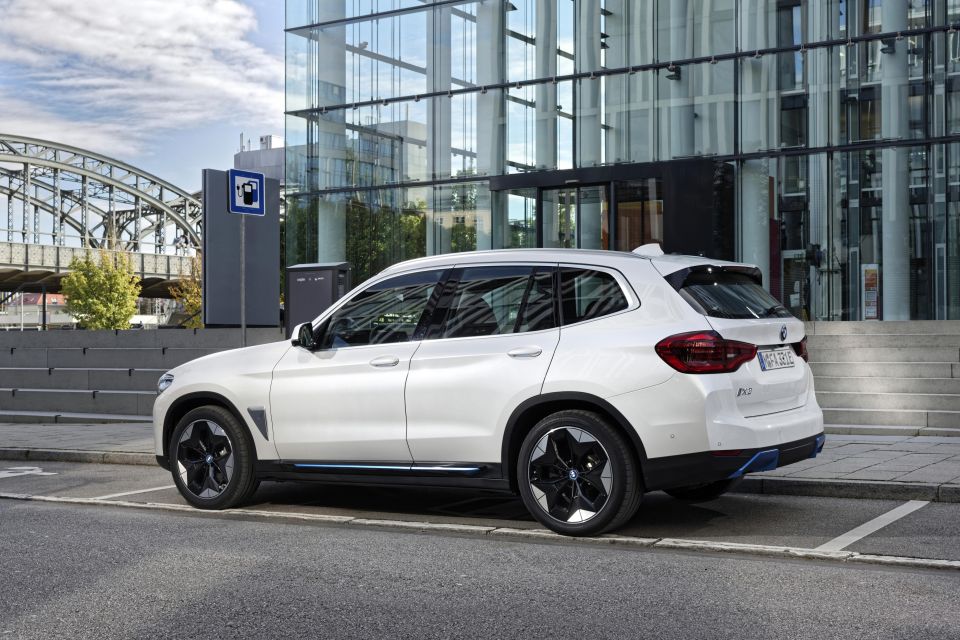
The E-Tron starts in Australia from $146,700 before on-road costs and the EQC – which is built from a flexible platform that squeezes its batteries into a version of the combustion-powered GLC’s chassis – is $139,700 before on-roads.
The Jaguar I-Pace begins at $130,200 before on-roads, so the iX3 is likely to drop somewhere within that $20,000-range window.
You get to bring Australian lithium back to Australia after its adventures in Asia and Germany. That’s good, right?
The iX3’s lithium-ion batteries use lithium from here or Morocco, and BMW controls the supply chain for every gram of its cobalt.
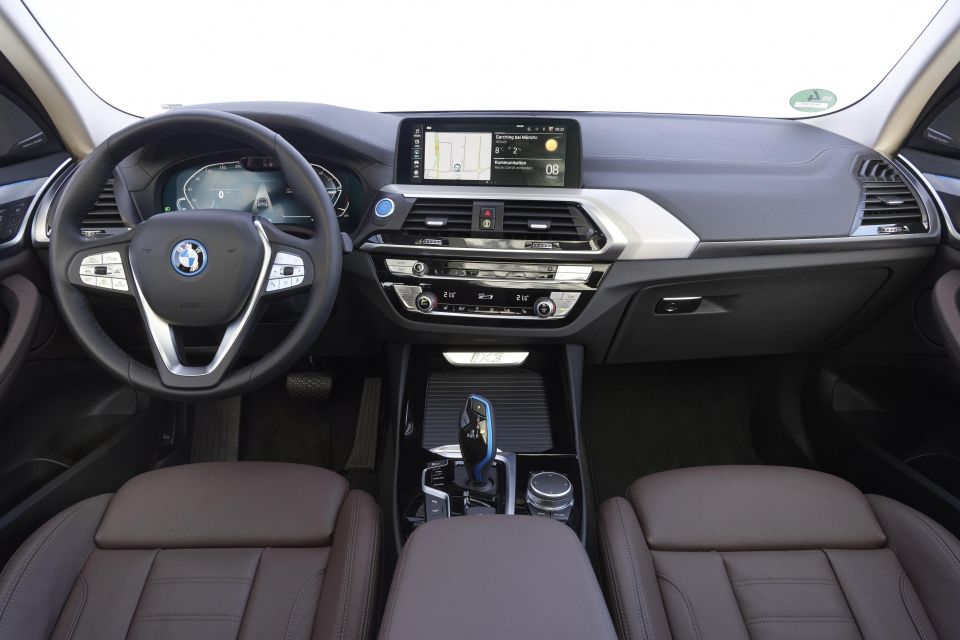
There are no rare-earth minerals in here because there are no permanent magnets inside the electric motor. Instead, there is a current-excited synchronous motor that has the added benefit of not pushing past the friction of the magnets when it’s coasting or sailing.
In Europe, standard equipment on the range-topping Premier Edition Pro includes a Harman Kardon stereo, a head-up display, parking assist, automatic headlights, powered front seats with adjustable lumbar support, and gesture control for the dual-screen infotainment system.
There’s also a powered boot lid and a panoramic glass sunroof. Buyers can choose from white, black, blue, or grey body colours and either gloss black or brushed grey exterior trim.
Although local details haven’t been confirmed, expect the iX3 to be loaded with equipment to compete with the well-specced E-Tron and EQC.
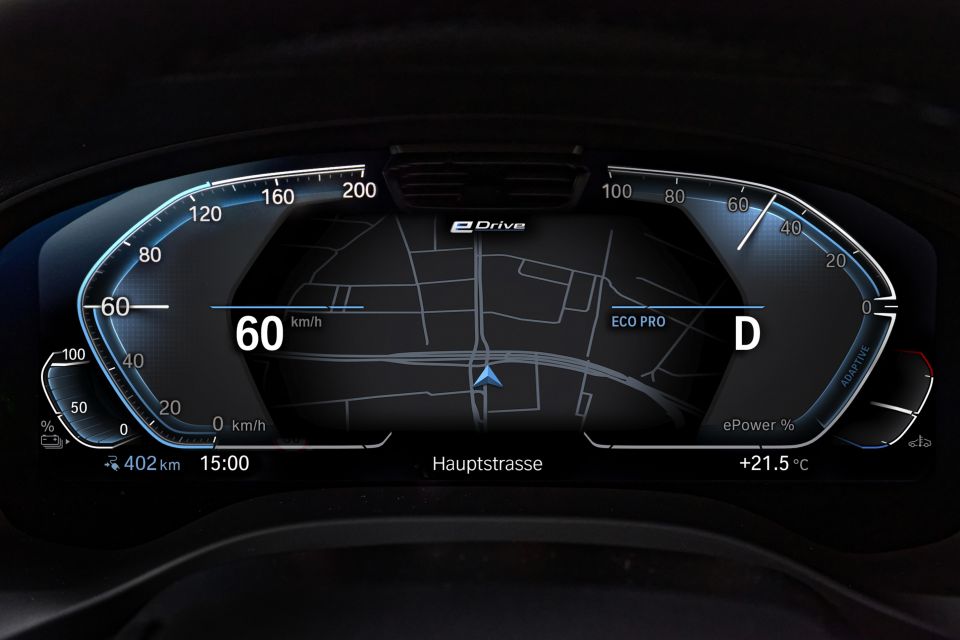
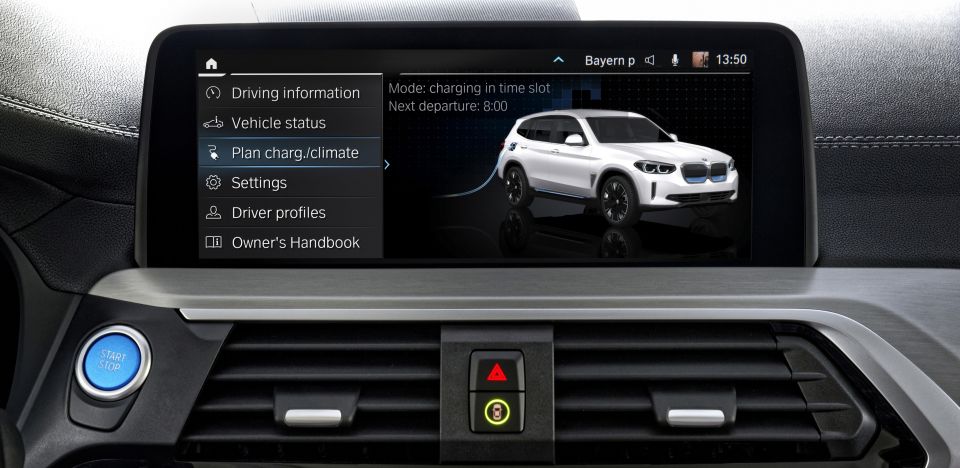
It should be. BMW has long been a leader in crash-avoidance safety and, for all the attention given to Volvo and Mercedes-Benz, it has been a leader in crash safety, too.
The iX3 takes the full suite of crash-avoidance and crash features from the X3 and adds a couple more, thanks to the new software.
Its assistance systems, which allow the driver to almost achieve Level 3 self-driving below 60km/h, are in line with the class-leaders.
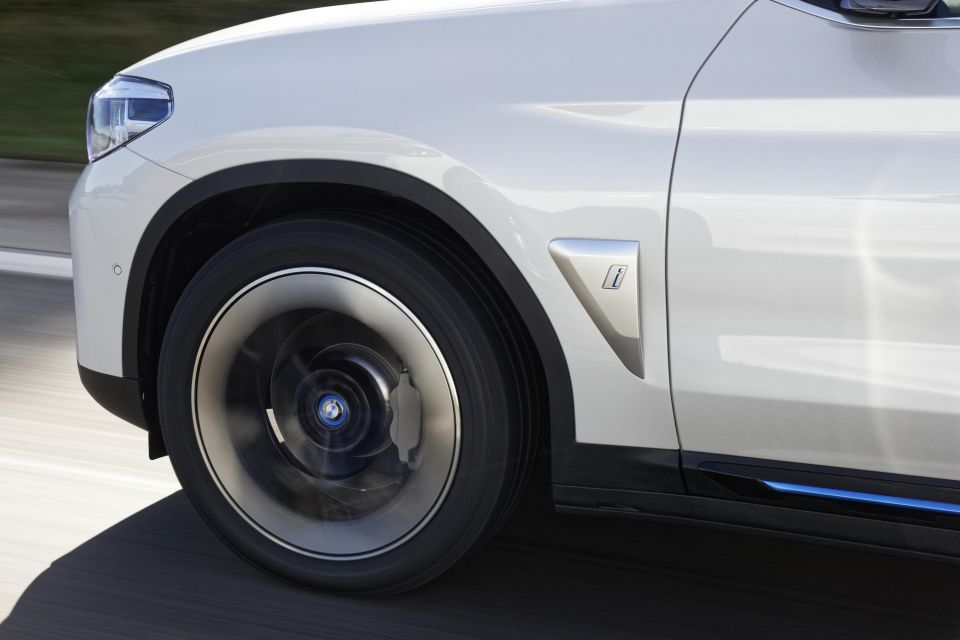
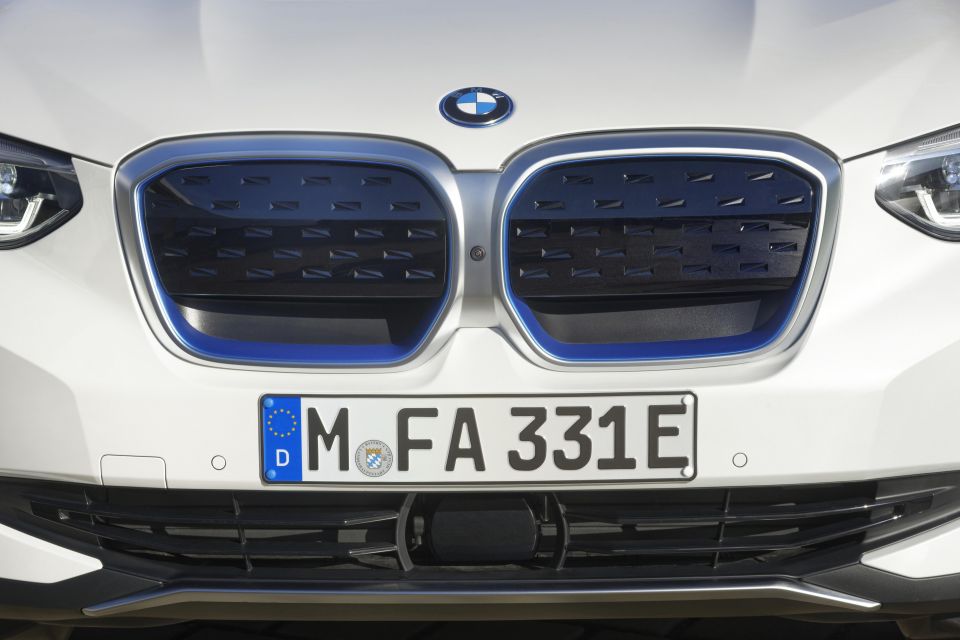
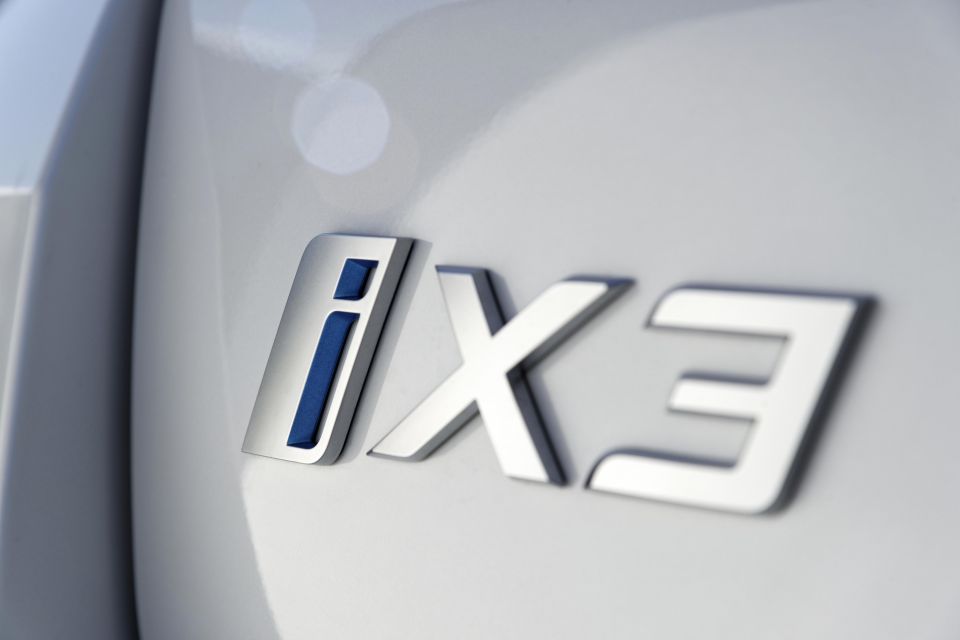
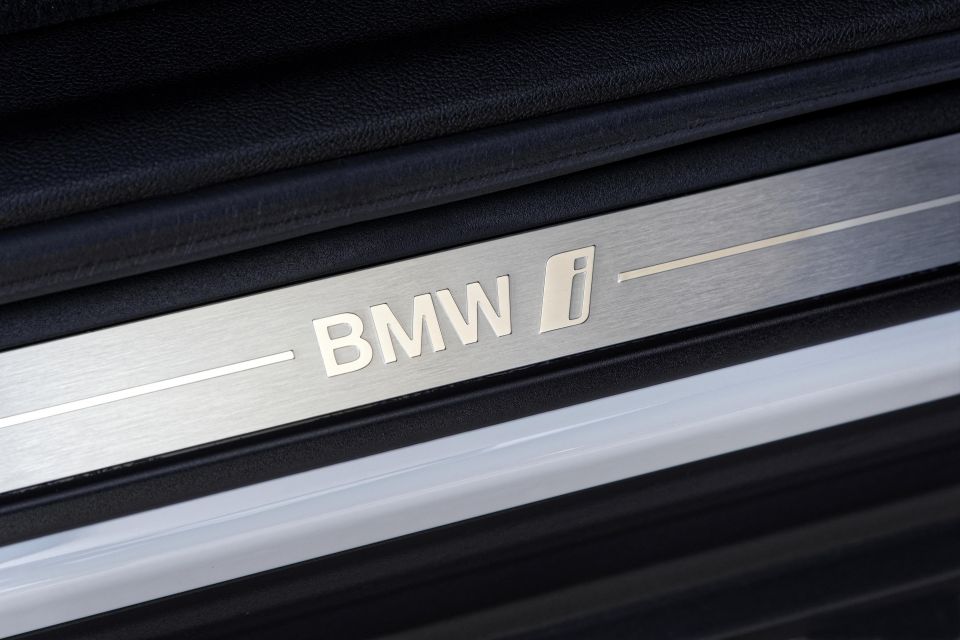
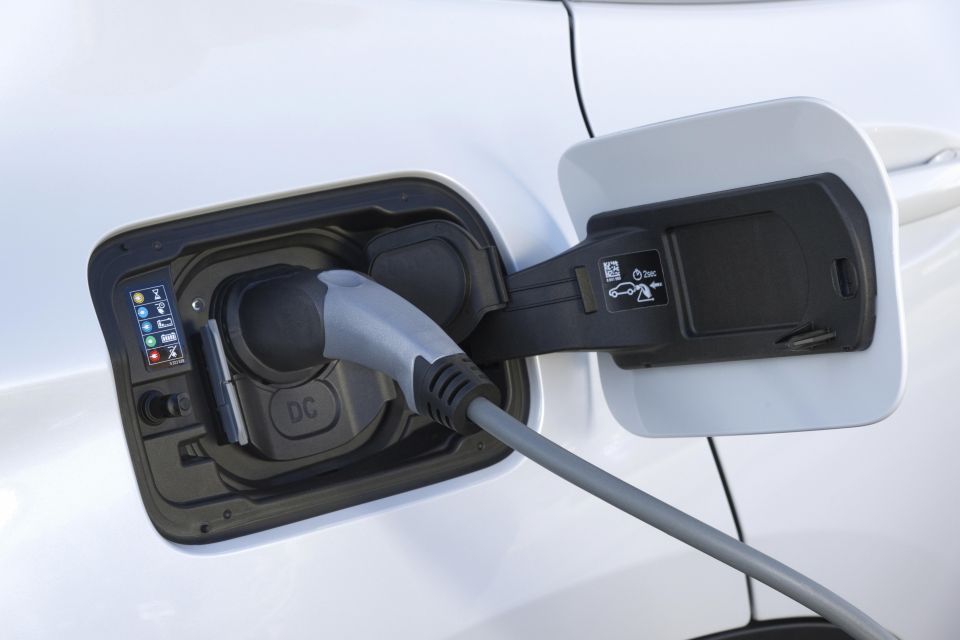
The hardware and software combine to keep the iX3 in the centre of lanes better than ever, and help minimise the feeling of bouncing from side-to-side in the lane.
Its active cruise control uses sophisticated blind-spot detection systems, along with mitigation for rear-end collisions and cross-traffic hazards in reverse.
Its crash protection suite runs to front and side airbags for the driver and front passenger, head airbags for the four outer seats, seatbelt pre-tensioners, belt-force limiters in the front, and tyre pressure indicators.
It’s very, very, very similar to a standard X3 with a lot more blue accents and some new bits and pieces in the multimedia area to scroll through.
How much the iX3 has inside will depend very much on whether you wait for one of the two standard packages or dive in early for one of the two limited-edition Premier versions.
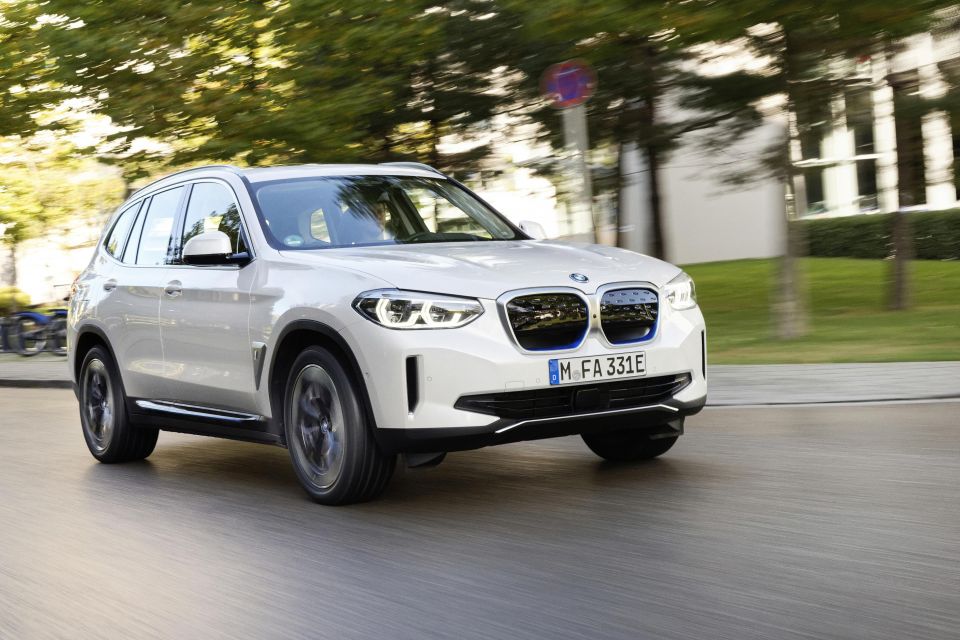
While BMW Australia hasn’t confirmed the introduction of any Premier versions, it seems likely because every BMW office in Europe is doing it, in the forms of the early-bird Premier Edition and the Premier Edition Pro.
At 4734mm long and with a 2864mm wheelbase, the iX3 sits five people and totes 510 litres of luggage, which bumps up to 1560 litres with the 40:20:40 split-fold rear seat dropped down.
Other than that, the European Premier editions run on 20-inch alloy wheels (the entry level uses 19s), and have active cruise control, four-zone climate control, a panoramic glass roof, an automatic tailgate, an active head-up display and, naturally, seat heaters.
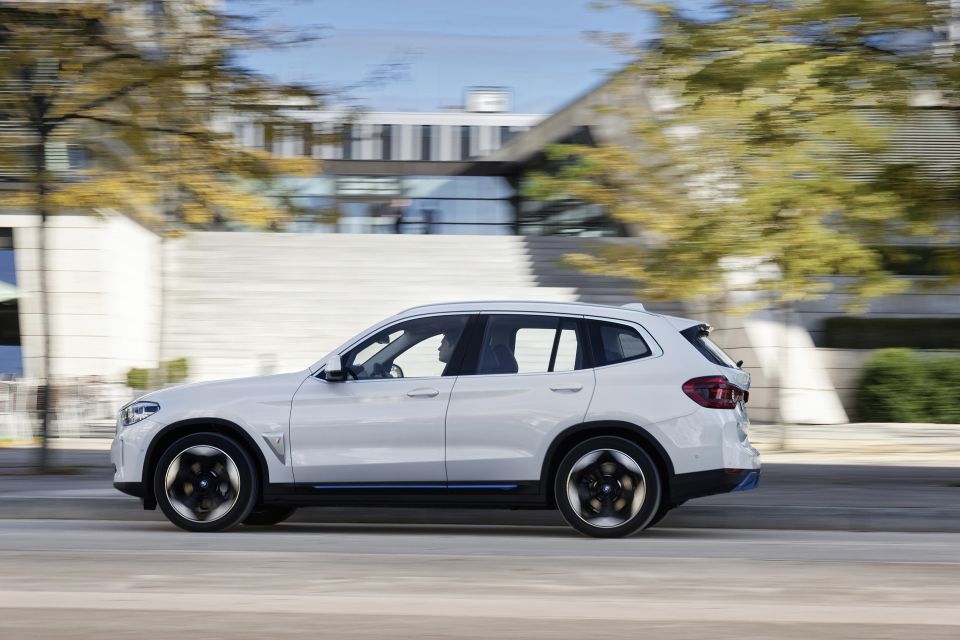
The climate control can be remotely operated while charging to pre-heat or cool the cabin, and it integrates with both Android Auto and CarPlay.
The start-up packages also include adaptive LED headlights with high-beam assist to save drivers all that bother of flicking down and up again, and there’s the latest generation of self-parking.
The top-end audio comes from Harmon Kardon’s surround sound range, plus there’s gesture control.
Things become very strange when BMW tries to identify a motor note from the iX3, bringing in composer Hans Zimmer to come up with a sound that emerges from both internal and external speakers, and changes when the driver changes modes.
Nothing much. Not even a frunk. To find the interesting pieces, look down the other end.
BMW has combined the electric motor, the power electronics and the single-speed transmission into one unit, sitting in a bespoke rear subframe and leaning atop the axle.
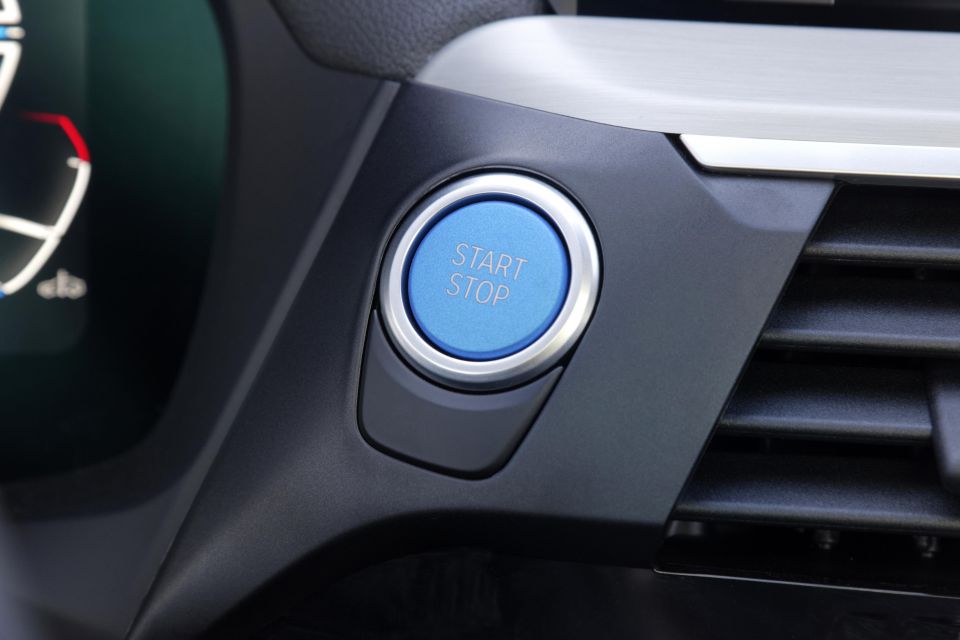
It’s an interesting piece of engineering, with BMW claiming that bundling the three pieces together makes the motor react faster as well as giving it a single block piece that can (and will) slot inside the i4 and the iNext in 2021.
The synchronous electric motor is current-excited, which means it doesn’t use magnets and thus avoids expensive and environmentally dodgy rare-earth minerals. Its use of cobalt has also been slashed by more than two-thirds per kilowatt compared to the i3.
BMW insists leaps in energy density have allowed it to fit more energy into the iX3 battery and still use a smaller, lighter area. Still, those batteries alone chime in at 518kg thanks to 188 prismatic cells, each given its own space.
The modular battery concept BMW uses, with its integrated heat exchanger, makes it easy to repair or replace the NMC 811 cells in an accident or to prepare for their second life.
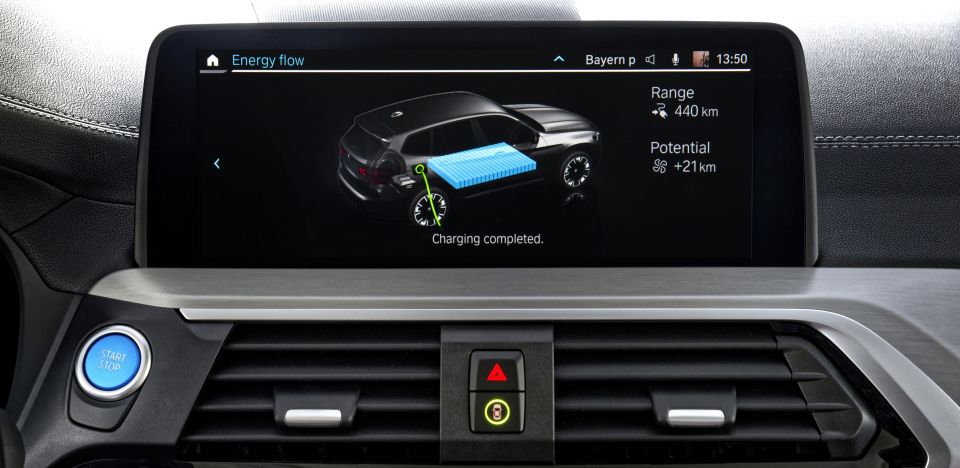
It uses 74kWh of its 80kWh of energy storage and charges at up to 150kW, which delivers 100km of range in just 10 minutes.
Its fifth-generation electric powertrain, the iX3’s system charges both the 400V lithium-ion battery and the 12V on-board system, and can use both single- and three-phase current at up to 11kW.
The other end of the process is that BMW claims it can recover 96 per cent of the cell material at the end of the iX3’s life.
It’s really quite a lovely thing.
There are some preconceptions to move beyond before it can be enjoyed and one of those is presumed performance.
There is an expectation that the iX3 might be quicker than it is, because certain other EV makers from California have conditioned people into thinking electric cars should be fast.
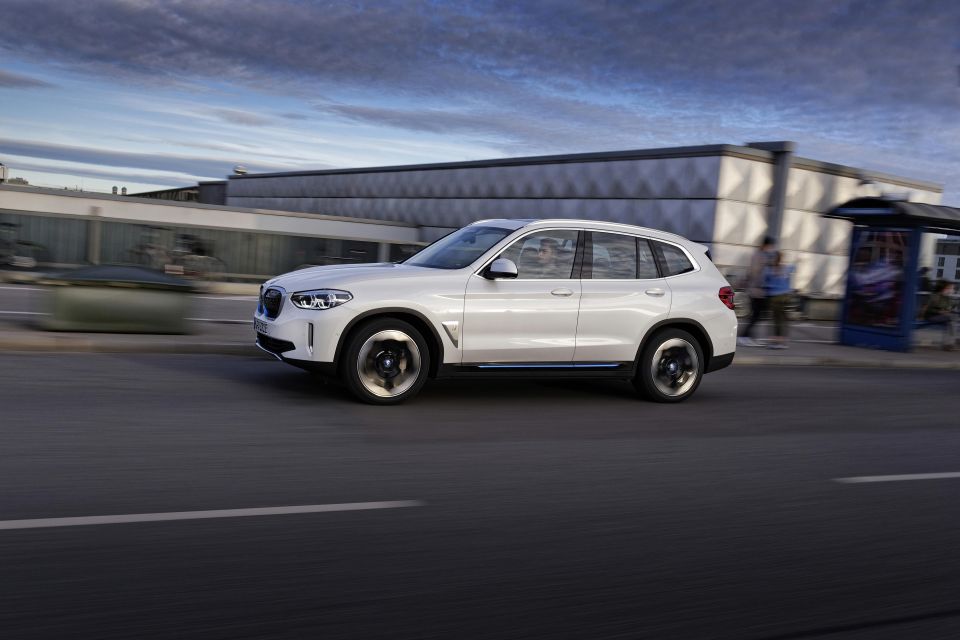
But the iX3 is about slotting neatly and without fuss into the X3 line-up, and so it runs to 100km/h in 6.8 seconds.
The odd thing is that it never feels that slow (if 6.8 seconds is slow in a family truck like this).
It’s clean off the line, smooth in its power application, quick to respond to throttle inputs and easily fast enough in most situations.
It just doesn’t have a ludicrous mode because it’s not making ludicrous points. It’s just fitting in.
The fancy artificial engine notes are interesting for a few minutes, but the car is so genteel, so calming, that it’s best driven au naturelle, leaving everybody in the car to soak in its inherent silence.
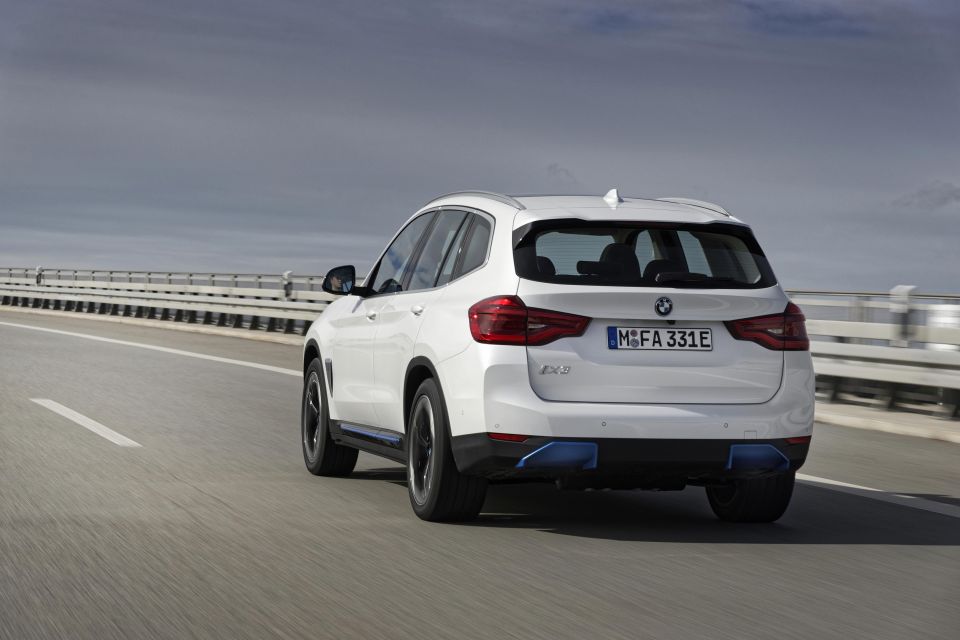
It’s a very easy car to drive and to be relatively quick in, and it whips around corners with a calm dedication that truly needs to be experienced to be believed.
With most of the weight low between the axles or atop the rear axle, the weight bias is definitively rearwards and down, with the centre of gravity more than 70mm lower than the stock X3 xDrive30i.
This and its mass make the ride quality significantly less bothered on the road than the standard car, and it’s like the iX3 is simply crushing the road underfoot. In reality, its suspension is reacting and acting again very, very quickly.
The steering starts out feeling woolly, but becomes more accurate with familiarity, and the chassis has a lovely way to flow through a series of bends.
BMW claims that 90 per cent of all speed reductions can be handled by regeneration without using the brake pedal, and that 25 per cent of the WLTP range figure comes from regeneration alone.
The fact is that the iX3 can be driven on one pedal alone, even in heavy traffic, almost all the time.
You can adjust the intensity of the regeneration, too, between adaptive, high, medium and low settings and there are people who love capturing all the kinetic energy they can.

For most, the iX3 is a nicer car to be in when you don’t do this. There is less head movement in all directions and there is less, well, nausea.
The car feels more fluid when it’s being used in standard mode, so it sails between throttle inputs and regenerates at roughly the same rate as gentle brake applications.
BMW claims big numbers for its efficiency, including using 18.5kWh per 100km. We believe it. We recorded 21kWh per 100km and we were really, really not trying.
When it lobs in Australia the iX3 is expected to feature the same three-year, unlimited-kilometre warranty as the rest of the BMW range.
Service prices haven’t been locked in yet.

Find out more about the car
There are two ways to take the BMW iX3. It’s either the calmest, quietest, classiest member of the X3 range or it’s just a very mature feeling EV. Both are correct takes.
There are situations where it feels like it could use more urge, and BMW will no doubt address this at some point in the future.
As of right now, BMW is waiting on the car that will finally show Australians what its full EV ideas are all about after the toe-in-the-water i3, and the ideas seem pretty solid.
Take advantage of Australia's BIGGEST new car website to find a great deal on a BMW IX3.


James Wong
4 Days Ago
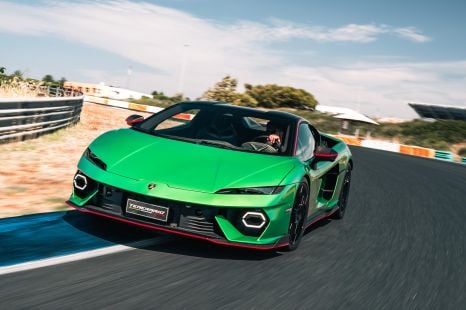

Alborz Fallah
3 Days Ago
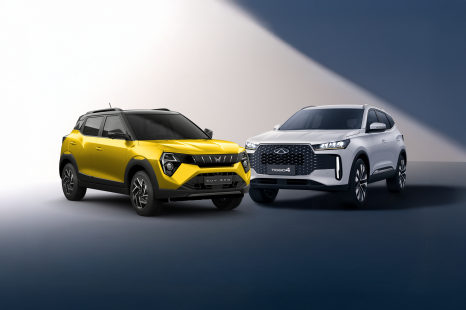

Andrew Maclean
3 Days Ago
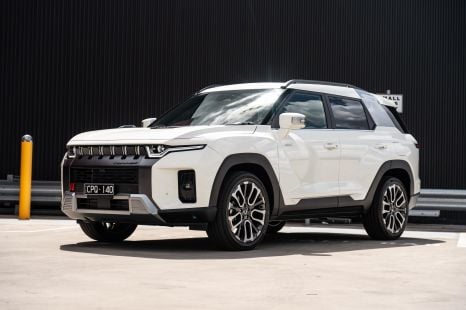

Max Davies
2 Days Ago
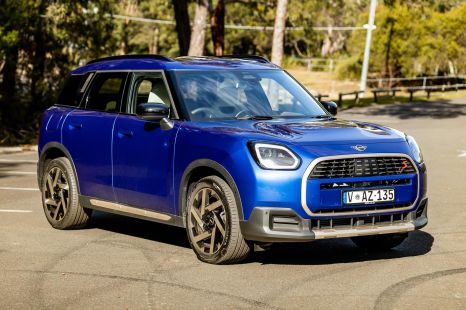

Matt Campbell
2 Days Ago
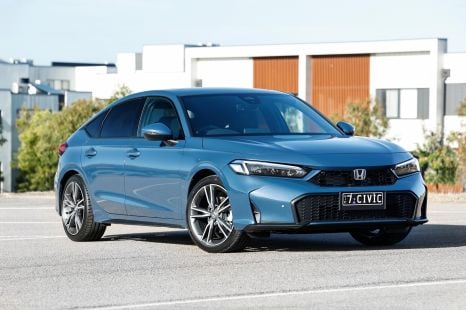

Andrew Maclean
1 Day Ago